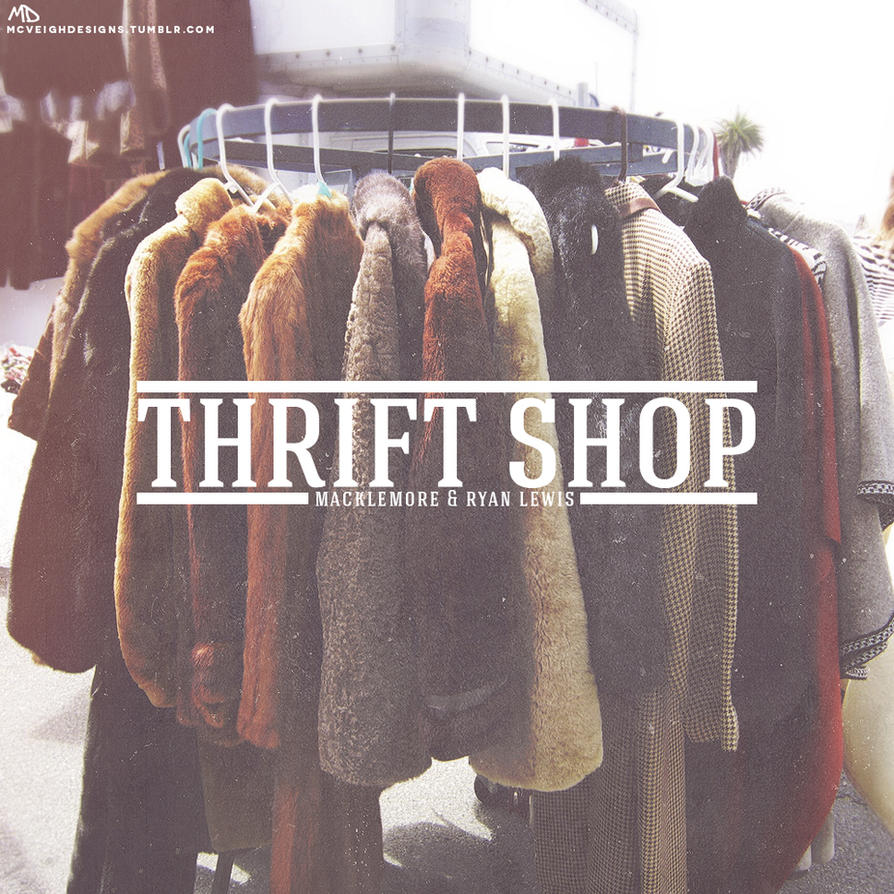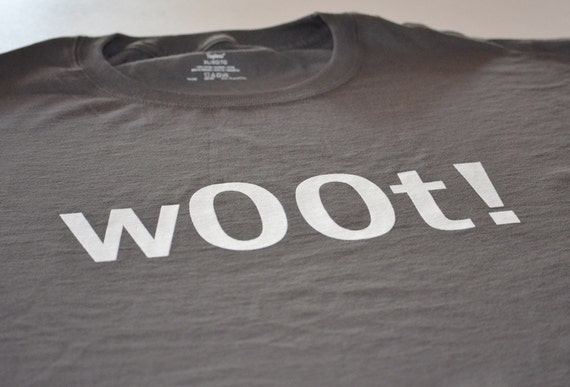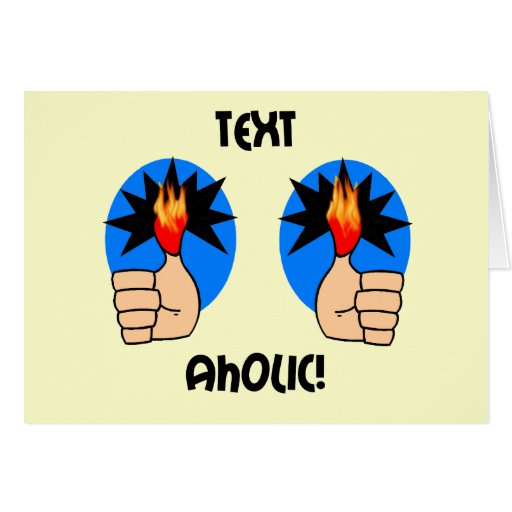 Have you ever experienced a moment wherein you just doing your stuff and suddenly, your head turn into a different direction making you to notice someone? Things start to build up in your mind, right? For a instance, what is the first thing that enters your mind when you see a Muslim man with his entire face covered with beard? A terrorist, right What about seeing an Indian? Immediately, you’ll think of the common terms such as “Bumbay”and “5-6”. Well how about seeing a Jejemon?
Have you ever experienced a moment wherein you just doing your stuff and suddenly, your head turn into a different direction making you to notice someone? Things start to build up in your mind, right? For a instance, what is the first thing that enters your mind when you see a Muslim man with his entire face covered with beard? A terrorist, right What about seeing an Indian? Immediately, you’ll think of the common terms such as “Bumbay”and “5-6”. Well how about seeing a Jejemon?
I had done a survey among 10 people to know what their first
impression is whenever they see or had an encounter with a Jejemon. Unsurprisingly,
9 out of 10 answered too much negative thing about them. Some of which include
harsh words such as overacting (OA), “korni”, attention-seeker, arrogant,
pride, boastful, “maangas”, off-fashion, immature, outdated, cheap, funny in a
sarcastic way and irritating. One answered that she thinks Jejemons are cool
since they are unique and colorful. Well this only shows that Jejemons have
more negative impressions than positive.
Impressions lead to stereotyping. I feel pity for myself as
I answered the activities found in Module
One - Diversity in Employment: Disability Awareness, Lesson #1: Stereotypes and
Perceptions in the site Empower Missouri Training Website. This site
provides the activities to show how one’s impression affects perception and
judgment. There are two activities, first is about the impression wherein you
should guess what job the person has based on the picture given and the second
one is about the impressions to people with disabilities. To be honest, I got
the answers almost all wrong. Why? In my opinion, it is because in our nature
to be judgmental and to stereotype people based on what you think they are based
on our past experiences, exposure to media and family experiences.
What do we mean by stereotyping? From the article Stereotypes by Saul
McLeod in the site SimplyPsychology, stereotype is defined as a general and
fixed belief about a specific group of people. It is a subjective opinion in labeling
people based on their looks, background or even the way they speak. The article
also mentioned that stereotyping enables one to respond rapidly in situations
since we already perceived it to most likely to happen. But on the other hand,
it lets us ignore the differences between individuals since our mentality is
already locked with what we think is “right”. Racial stereotyping also is a
problem. This leads to the feeling of superiority or inferiority, and based on
the articles, Americans are more likely to be stereotyped as industrious,
progressive and ambitious while the African-Americans are lazy, ignorant and
music people.
In the site Campus Times, an article entitled Stereotyping
sometimes has its benefits written by Campus Times, somehow contradicted the
notion that stereotyping is not a good idea. Because of stereotyping, those
people categorized try their best to change the image embedded to them by the
society. They also encourage people to fit into what they should be. In addition
to that, stereotyping is considered an organizational tool because you tend to
imagine what is likely to happen or what type of person someone is which saves
you from a trouble you might go through.
 For me, one’s impression is highly influenced by
stereotyping since we tend to judge someone based on what we are seeing. Honestly,
I view Americans as superior to us Filipinos but view Chinese people as
heartless people because of their one-child policy which lets them to abort
babies and sometimes feast on eating their fetus. Based on my experience, my
perception about people is based on what I see. I never try to get myself
involved with them and get to know them well. This is one of the problems I can
see in my topic. People tend to discriminate Jejemons because they are regarded
as people with low intelligence, being off-fashion, burgles, troublemakers and
many other rude words. The reason is that people don’t know much about you. They
knew only few and insignificant things which they think make you up. Because their
impression for you is something not nice, they tend to stereotype you as someone
you are not. And from there, you will be discriminated and in order for you to overcome
discrimination, you try to put walls and pretend something you’re not or assert
whatever people are labeling you. Because of that, the labels they are giving
you which you prove you are not are the reason why people hate you.
For me, one’s impression is highly influenced by
stereotyping since we tend to judge someone based on what we are seeing. Honestly,
I view Americans as superior to us Filipinos but view Chinese people as
heartless people because of their one-child policy which lets them to abort
babies and sometimes feast on eating their fetus. Based on my experience, my
perception about people is based on what I see. I never try to get myself
involved with them and get to know them well. This is one of the problems I can
see in my topic. People tend to discriminate Jejemons because they are regarded
as people with low intelligence, being off-fashion, burgles, troublemakers and
many other rude words. The reason is that people don’t know much about you. They
knew only few and insignificant things which they think make you up. Because their
impression for you is something not nice, they tend to stereotype you as someone
you are not. And from there, you will be discriminated and in order for you to overcome
discrimination, you try to put walls and pretend something you’re not or assert
whatever people are labeling you. Because of that, the labels they are giving
you which you prove you are not are the reason why people hate you. In conclusion, people need to stop labeling or stereotyping
because that is mainly one of the reasons why people don’t get to understand
each other. They should use it in a good way not in a bad one. Let’s just be
considerate enough and do our best to understand the differences we have. We should
not judge other people by the way he/she dresses, speaks or acts. We never know
what he/she is going through. We deserve equality.
In conclusion, people need to stop labeling or stereotyping
because that is mainly one of the reasons why people don’t get to understand
each other. They should use it in a good way not in a bad one. Let’s just be
considerate enough and do our best to understand the differences we have. We should
not judge other people by the way he/she dresses, speaks or acts. We never know
what he/she is going through. We deserve equality.




















